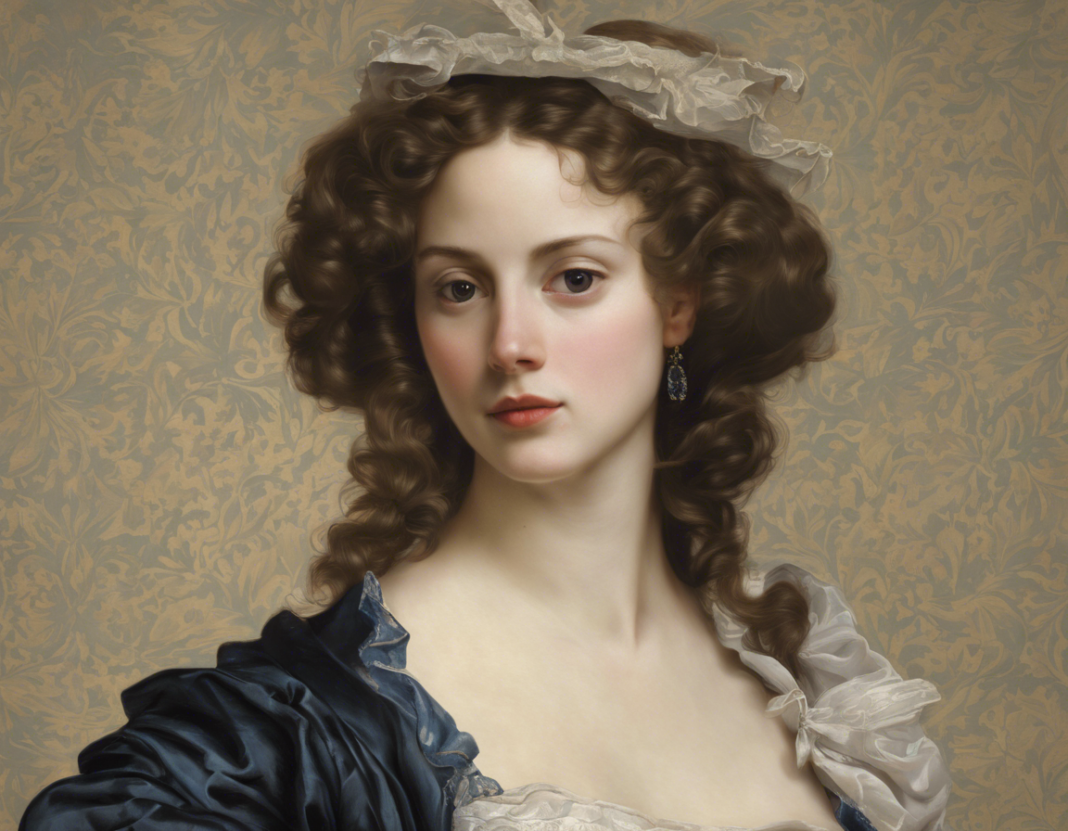“The Portrait of a Lady” by Henry James is a classic novel that delves deep into the complexities of human relationships, societal norms, and individual desires. The story follows the journey of Isabel Archer, a young American woman who moves to Europe and finds herself entangled in a web of manipulation and betrayal. With its intricate character development and subtle exploration of themes such as freedom, morality, and power, the novel has captivated readers for generations. In this comprehensive analysis, we will dissect the key elements of “The Portrait of a Lady” and explore its enduring relevance in today’s world.
Setting and Characters
Setting
“The Portrait of a Lady” is primarily set in Europe, with locations ranging from the bustling streets of London to the picturesque countryside of England and Italy. The contrast between the Old World charm of Europe and the New World pragmatism of America serves as a backdrop for the cultural clash experienced by the characters.
Characters
-
Isabel Archer: The protagonist of the novel, Isabel is a strong-willed and independent woman who struggles to navigate the complexities of love and marriage.
-
Gilbert Osmond: A cunning and manipulative man who marries Isabel for her fortune, Osmond represents the societal constraints that limit Isabel’s freedom.
-
Madame Merle: A sophisticated and enigmatic woman who plays a pivotal role in orchestrating Isabel’s decisions and shaping her fate.
-
Ralph Touchett: Isabel’s cousin and confidante, Ralph provides a voice of reason and compassion amidst the turmoil of her surroundings.
Themes and Motifs
Themes
-
Freedom vs. Conformity: The tension between Isabel’s desire for autonomy and the expectations of society forms a central theme in the novel.
-
Power and Control: The power dynamics within relationships, especially the subtle manipulation exerted by characters like Osmond and Merle, highlight the theme of control.
-
Identity and Self-Discovery: Isabel’s journey towards self-realization and the exploration of her own identity drive the narrative forward.
Motifs
-
Portraits and Reflections: The motif of portraits symbolizes the way characters perceive themselves and others, reflecting the themes of identity and introspection.
-
Gardens and Landscapes: The descriptions of gardens and natural landscapes serve as metaphors for the characters’ internal struggles and emotional states.
Analysis of Key Scenes
Isabel’s Decision to Marry Gilbert Osmond
One of the pivotal moments in the novel is Isabel’s decision to marry Osmond, despite her reservations and Ralph’s warning. This scene highlights Isabel’s inner conflict between her desire for independence and her yearning for love and companionship.
Madame Merle’s Revelation
When Isabel discovers Madame Merle’s role in orchestrating her marriage to Osmond, it shatters her trust and leaves her questioning the motives of those around her. This revelation marks a turning point in Isabel’s understanding of power dynamics and betrayal.
Isabel’s Moment of Liberation
The climax of the novel occurs when Isabel ultimately decides to assert her independence and break free from the confines of her marriage. This moment of liberation showcases Isabel’s strength and resilience in the face of societal expectations.
Relevance in Today’s Context
“The Portrait of a Lady” remains relevant in modern times due to its exploration of timeless themes such as individual agency, gender dynamics, and the pursuit of authenticity in a world filled with superficiality. The complexities of human relationships and the struggle for autonomy depicted in the novel continue to resonate with contemporary readers, making it a poignant reflection of the human experience across different eras.
Frequently Asked Questions (FAQs)
1. What is the significance of the title “The Portrait of a Lady”?
The title “The Portrait of a Lady” refers to the idea of capturing a woman’s essence and identity, both literally and metaphorically. It symbolizes the way in which society often constrains women to fit certain roles or expectations, mirroring Isabel’s journey of self-discovery and resistance against societal norms.
2. How does Henry James explore the theme of power in the novel?
James delves into the theme of power through the manipulative actions of characters like Osmond and Madame Merle, who exert control over Isabel’s choices and freedom. The power dynamics within relationships serve as a lens through which James critiques social conventions and the impact of power on individual agency.
3. What role does gender play in shaping the characters’ experiences in the novel?
Gender plays a significant role in “The Portrait of a Lady” by influencing the expectations and limitations placed on characters like Isabel. The societal norms of the time period restrict women’s autonomy and define their roles within the domestic sphere, leading to conflicts between individual desires and societal constraints.
4. How does the novel challenge traditional ideas of marriage and family?
Through Isabel’s tumultuous marriage to Osmond and her struggles with societal expectations, the novel challenges conventional notions of marriage as a vehicle for social advancement or stability. James explores the complexities of intimate relationships and the ways in which they can either empower or limit individuals.
5. What is the significance of the novel’s ending and Isabel’s final decision?
The ending of “The Portrait of a Lady” underscores Isabel’s journey towards self-realization and autonomy. Her decision to assert her independence and prioritize her own happiness over societal expectations represents a triumph of individual agency and a rejection of oppressive power dynamics.
In conclusion, “The Portrait of a Lady” stands as a literary masterpiece that continues to captivate readers with its nuanced portrayal of human emotions and societal pressures. By delving into the intricate web of relationships and power dynamics that shape the lives of its characters, the novel offers a timeless exploration of the complexities of the human experience.
